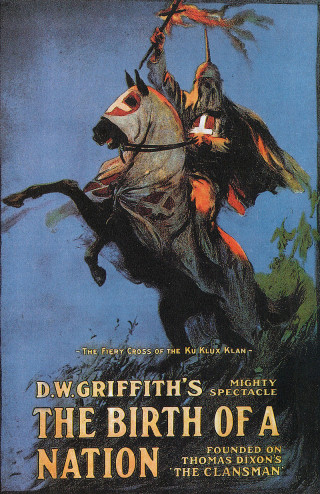Shortly after the Capitol riot of January 6, I heard a story that got me thinking about America’s long history of far-right rebellion, and especially about the power of satire and ridicule as a weapon against racist mobs. The story came up on a Shabbat Zoom call with my grandmother. It concerned a chapter in the history of Columbus, Ohio—where both of us grew up and where my family lives still. She recounted hearing as a child about a popular cartoonist at the Columbus Dispatch named Billy Ireland who in the 1920s had caricatured the Ku Klux Klan so mercilessly that the group, humiliated by his work, shuttered its local chapter.
The story seemed implausible—or at least hyperbolic. Newspaper comics entertain and occasionally provoke. Newspaper comics, even the most widely read ones published before the decline of print media, could not singlehandedly collapse a violent hate group in a mid-sized city. Could they?
Beyond my granny’s own recollection of the local lore—she heard the story at school and from her father, she says—traces do appear in the historical record. A 1993 academic article on labor history in Columbus references Ireland’s work in a list of successful anti-Klan actions, claiming the cartoonist “regularly pilloried the Ku Klux Klan in his drawings.” The story undoubtedly gained currency after a glowing James Thurber memoriam to the cartoonist in a 1952 New Yorker piece. Thurber, who knew Ireland from their time together at the Dispatch, wrote that Billy’s
ridicule of the Ku Klux Klan, in the early twenties, was a significant force in the disintegration of the Klan’s local Klavern. Klansmen used to stand, in full bedsheet regalia, on street corners, with lighted cigars protruding from the mouth holes in their hoods, and Billy’s caricatures literally kidded them to death.
Still, The New Yorker was not known for rigorous fact-checking back in Thurber’s day and I wondered if there might be more—or less—to the story. With images of the weirdly costumed Capitol rioters fresh in my mind—the guy with face paint and horns, the “Camp Auschwitz” T-Shirts, the militia LARPers—I set out to understand more about the KKK in Ohio in the 1920s and about whether Billy Ireland had somehow deflated them with derision.
On a recent trip back to my hometown, I arranged with my grandmother to take a tour of the Billy Ireland Cartoon Library and Museum, located on the Ohio State University’s campus, which hosts a magnificent collection of cartoon art from around the world. Its foyer, inside a cavernous, bright building in downtown Columbus, features samples of Ireland’s full-page Sunday cartoon feature called The Passing Show.
